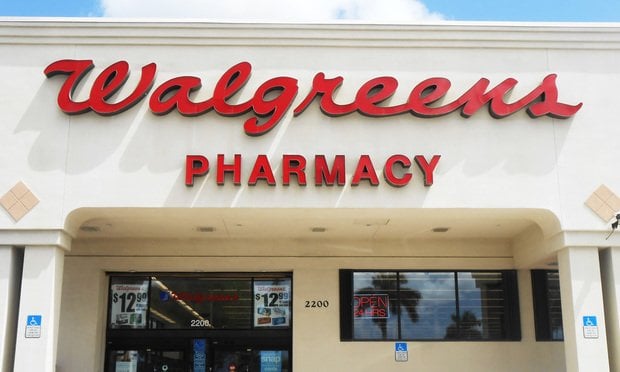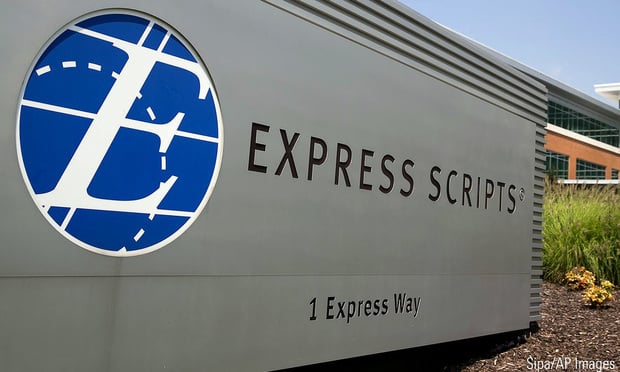One reason for enabling consumers to open health savings accounts in conjunction with qualifying high-deductible health plans was to reduce wasteful spending by making them more conscious of cost. These expected savings no longer exist, according to a study reported in Health Affairs.
"Using published sources and our own analysis of National Health Interview Survey data, we argue that HSAs no longer appreciably achieve this cost-consciousness aim, because cost sharing has increased so much in non-HSA-qualified plans," researchers said.
Recommended For You
"Indeed, people who have HDHPs with HSAs are becoming less likely than others with private insurance to report financial barriers to care. In sum, promised gains in efficiency from HSAs have not borne out, so it is difficult to justify maintaining this regressive tax break."
Congress introduced the HSA tax benefit because advocates believed that it would increase the efficiency of health care through a chain of events:
- First, more people would adopt HDHPs, because they could be matched with the new tax-favored HSAs.
- Then consumers spending their own money on health care, whether through the deductible or when using HSA funds, would be more cost-conscious. They would have more "skin in the game" and be more thoughtful about their use of care.
- This would lead them to reduce their use of low-value health-care services and shop for providers and services that offered lower prices.
The study showed several ways in which the initiative fell short of these objectives:
HSA-qualified and non-HSA-qualified plans have become similar over time. In 2007, the deductible in an employer plan was just over one-fourth as high as that in an HSA-qualified plan, and the gap in deductibles between HSA-qualified high-deductible plans and non-HSA-qualified employer plans was more than $1,500.
By 2018, the non-HSA-qualified plan deductible was more than half as high as the HSA-qualified deductible, and the absolute difference in deductibles had declined to $1,196. Many Americans today have deductibles above the HSA limit but without an HSA option. Overall, Americans who do not qualify for the tax break face much higher deductibles than in the past.
HSA-qualified plan holders report fewer financial barriers over time. The HSA subsidy gives higher-income Americans an extra subsidy, which likely leads them to use more care. The failure of HSAs and the associated qualifying high-deductible plans to increase cost-consciousness is all the worse because the HSA tax breaks are highly regressive. Not surprisingly, it is higher-income people who benefit from the HSA tax break.
HDHPs with HSAs have failed. Greater cost sharing reduces valuable care alongside less valuable care, and it does not increase price shopping. But the assertion that the tax subsidy would generate cost-consciousness itself was questionable from the beginning, because the combination of a tax-favored plan, a higher deductible and an out-of-pocket maximum could effectively reduce cost sharing. Moreover, both deductibles and out-of-pocket maximums have increased in non-HSA-qualified plans, eroding whatever relative cost-consciousness HDHPs with HSAs might have created
"Wealthy and educated people are more likely to use HDHPs with HSAs and to contribute more to their accounts than people with less income and education," the study concluded.
"The inherent regressivity of this policy originally was justified by the belief that HDHPs with HSAs would generate an increase in cost-consciousness, and therefore in efficiency. In fact, however, people who have HDHPs with HSAs are becoming less likely over time to report financial barriers to access to care — the source of HDHP cost-consciousness –than are people with private insurance plans not linked to HSAs.
"In short, HSAs are a tax advantage for better-off people, masquerading as a health-care efficiency increase that never was very likely and is not occurring now. There is no remaining justification for a regressive tax break that failed to achieve its policy goal and is used disproportionately by higher-income people."
© 2025 ALM Global, LLC, All Rights Reserved. Request academic re-use from www.copyright.com. All other uses, submit a request to [email protected]. For more information visit Asset & Logo Licensing.









